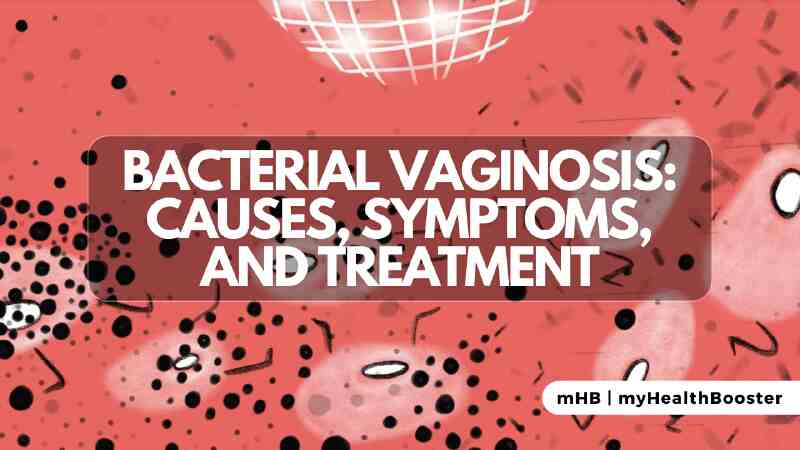Bacterial vaginosis (BV), also known as nonspecific vaginitis, is a common vaginal condition characterized by an overgrowth of specific bacteria, resulting in vaginal discharge. In the past, it was termed Gardnerella vaginitis, but the updated name, bacterial vaginosis, reflects the involvement of various bacteria naturally present in the vaginal area. Unlike many sexually transmitted diseases (STDs), BV arises from an imbalance in the normal bacteria rather than an infection with foreign bacteria.
Prevalence of Bacterial Vaginosis
- BV is prevalent, especially among women of childbearing age.
- Studies indicate that around 29% of women in the U.S. are affected.
- It’s found in approximately 25% of pregnant women and about 60% of women with an STD.
Bacterial Vaginosis vs. STD or Yeast Infection:
- BV is distinct from STDs or yeast infections.
- While not dangerous, BV can cause discomfort and noticeable symptoms.
- Any woman with unusual discharge should seek evaluation to rule out more severe infections.
Common Symptoms of BV
- Many women with BV may not exhibit signs.
- Symptoms include abnormal vaginal discharge, often thin and grayish-white.
- Foul-smelling or fishy odor, more noticeable after intercourse.
- Occasional pain during sexual intercourse or urination.
Causes and Risk Factors of Bacterial Vaginosis
- BV’s exact cause is unclear, but a combination of bacteria seems necessary for its development.
- Risk factors include multiple sexual partners, IUD use, recent antibiotic use, vaginal douching, and smoking.
Transmission and Contagion:
- BV is not considered contagious, but bacterial transmission is not fully understood.
- Multiple or new sexual partners can increase the risk, altering the vaginal bacterial balance.
- BV cannot be contracted from toilet seats, swimming pools, hot tubs, or touching contaminated objects.
Diagnosis and “Whiff Test”
- Diagnosis involves routine questions, pelvic exams, and microscopic examination of vaginal discharge.
- The “whiff test” with potassium hydroxide helps detect the characteristic fishy odor of BV.
Treatment with Antibiotics
- Antibiotics are the primary treatment for BV, with metronidazole and clindamycin among the common choices.
- Recurrence is possible, requiring a second course of antibiotics.
Home Remedies and Recurrent BV
- No proven home remedies exist for BV.
- Studies on yogurt/lactobacilli probiotics show inconsistent results.
- Recurrent BV may necessitate repeated antibiotic courses.
Bacterial Vaginosis during Pregnancy
- Treatment during pregnancy is recommended to avoid complications.
- BV has been linked to premature labor and other pregnancy-related issues.
Complications and Prevention
- BV can resolve without complications, but it’s associated with an increased risk of contracting STDs and complications during pregnancy.
- Prevention involves reducing risk factors, such as limiting sexual partners and avoiding vaginal douches.
Understanding bacterial vaginosis and seeking timely medical attention can help manage symptoms and reduce the risk of complications. If symptoms persist or recur, a healthcare professional should be consulted for appropriate diagnosis and treatment.
References
- Centers for Disease Control and Prevention. “Bacterial Vaginosis.”
- Gired, P. H., MD. “Bacterial Vaginosis.” Medscape. Updated: Oct 25, 2018.
- Gor, H. B., MD. “Vaginitis.” Medscape. Updated: Nov 13, 2017.
- Gired, P.H., MD. “Bacterial vaginosis.” Medscape. Updated: Sep 25, 2017.
- WomensHealth.gov. “Bacterial Vaginosis.” Updated: Apr 24, 2018.
